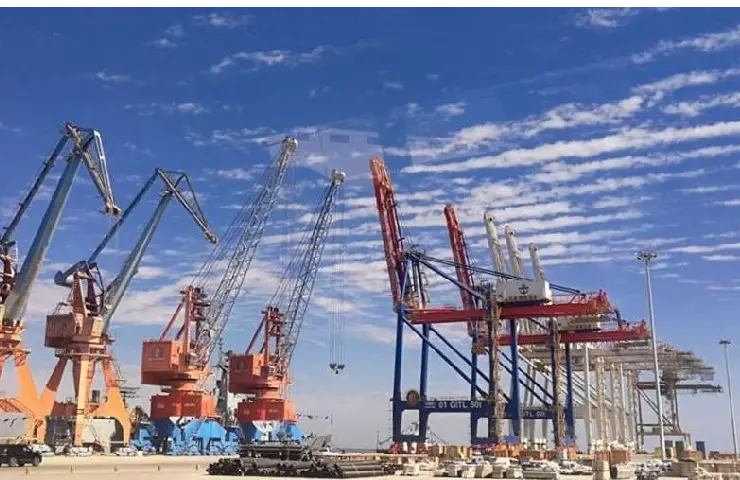China’s loans to Pakistan have grown manifold in the last 10 years. In June 2013, China’s loans to Pakistan stood at about $4 billion. By June 2017, the loans increased to more than $7 billion since the launch of the multi-billion mega infrastructure China Pakistan Economic Corridor (CPEC) project. In addition, Pakistan’s debt liabilities to direct investors from China have also been burgeoning.
The loan amount has further increased. Pakistan will have to repay $77.5 billion to China between 2023 and 2026.
At present China and Chinese commercial banks hold about 30 per cent of Pakistan’s total external debt of about $100 billion, the International Monetary Fund estimated. A large chunk of the loans have come under CPEC.
The Committee for the Abolition of Illegitimate Debt (Cadtm) estimated that between July 2021 and March 2022, over 80 per cent of Pakistan’s bilateral debt service went to Beijing.
While CPEC inflows did contribute to a rise in economic growth in Pakistan from 2015–18, culminating in a rate of 5.8 per cent in the 2018–19 fiscal year, “they exacerbated the imbalance in the economy,” the debt tracking platform noted.
Pakistan has now projected a growth rate of 0.29 per cent for the financial year 2022-23 after an initial estimate of 5 per cent set last June. The growth projection was revised in September to 2.3 per cent.
Though Pakistan’s chronically poor economic policies are the primary cause of its current economic crisis, the structural imbalances of the country have been aggravated by the CPEC, Cadtm said. Chinese investments for development of the Gwadar Port have also caused concerns among many Pakistanis especially after it was brought to light that 91 per cent of the revenue generated at the port will go to Beijing. ProPakistani, a local newspaper in February revealed that the Gwadar Port Authority (GPA) spent a “staggering Rs 100 million on serving refreshments to guests over the last five years, regardless of whether any ships docked at the port or not.” The news organisation said that during the ongoing financial year – which stretches from July to June, “the authority has already spent over Rs. 20 million on refreshments, with no sign of slowing down.” The port, despite being ready, is yet to draw traffic.
The delay in implementation of the projects has also caused worries for Beijing, which is now increasingly becoming reluctant to provide large loans to Pakistan.
With multiple crises hitting Pakistan, it is unlikely that the Shehbaz Sharif government will have its hands full in tackling the political situation besides focusing on reviving the $6.5 billion IMF loan package to avert a default. The political crisis at home has intensified with violence breaking out at several places in the country following the arrest of former Prime Minister Imran Khan along with a sharp rise in debt and the depleting foreign exchange reserves.
“It seems unlikely that Islamabad will be able to give attention to the CPEC execution at this stage. There are other pressing issues which need immediate focus,” an analyst told India Narrative.
Though both Pakistan and China have maintained that execution of CPEC is on track, clearly the multi-billion project is yet to bear fruits for the country, which is now staring at a default. Its economy has nosedived and citizens desperately waiting to leave the country.
Also read: Trust deficit between Pakistan govt and industry captains widens ahead of budget




















